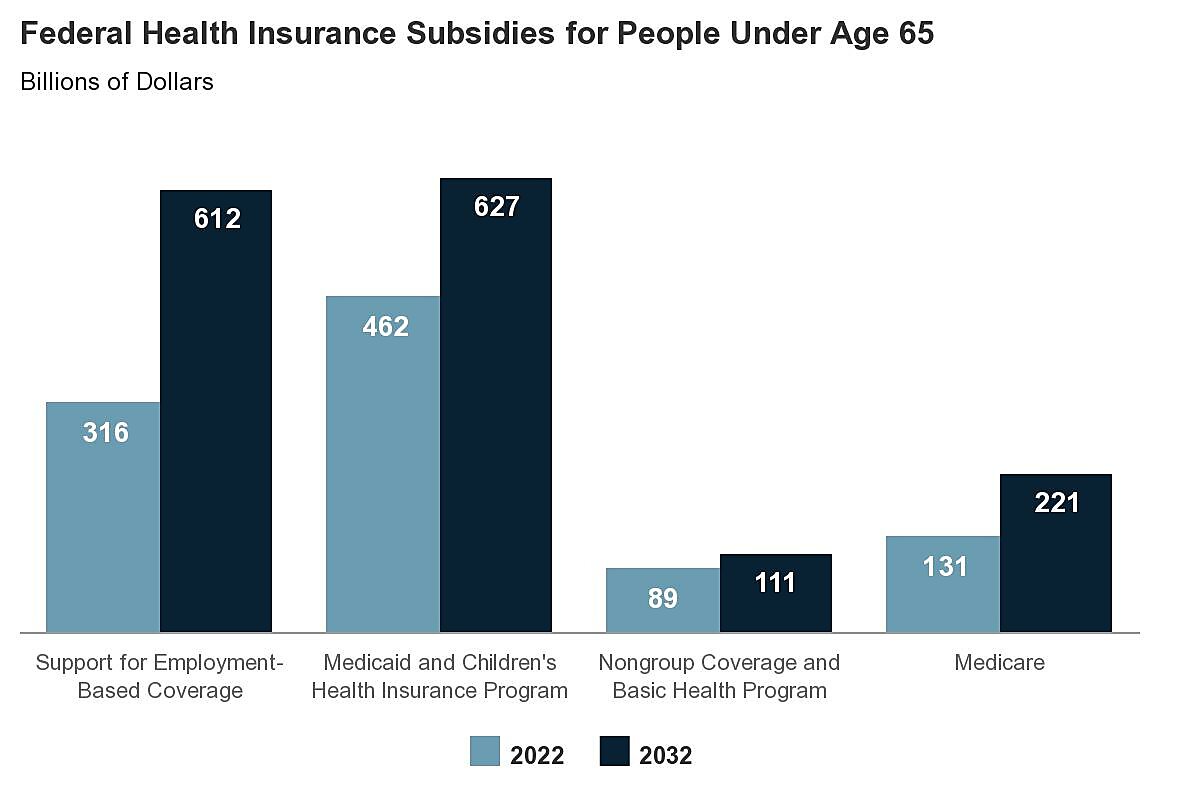Congressional Republicans have defeated a proposal by congressional Democrats to mandate that private insurance companies cap out-of-pocket spending on insulin by their enrollees at $35 per month. Republicans were right to do so. Government is already driving insulin prices sky-high. Further intervention would make matters worse.
Diabetics need insulin to live. Insulin prices should be falling over time, yet they have more than doubled over the last 10 years. Many diabetics struggle with those rising prices, sometimes with deadly consequences. A humane health system would make insulin increasingly accessible to diabetics.
Government has made the U.S. health sector inhumane toward diabetics.
- First, to bring a new insulin product or delivery system to market, manufacturers must go through the U.S. Food and Drug Administration‘s wildly expensive processes for approving new drugs and medical devices. Elsewhere, my colleague Dr. Jeffrey Singer and I report “in 2019 dollars, the average estimated cost of each new drug approval has risen from $523 million in 1987 to $1.2–1.8 billion in 2000 to $3.2 billion in 2013. The cost grew at an average annual real rate of 9.4 percent in the 1970s, 7.4 percent in the 1980s, and 8.5 percent from 1990 through the early 2010s.” The high cost of government regulation discourages the development of new insulin products, reduces the number of insulin manufacturers, and increases the prices of any products that do make it through that process, both by requiring manufacturers to recoup those regulatory-compliance costs and by enabling tacit price collusion (see below).
- Second, government increases the cost of insulin by requiring diabetics to get prescriptions before purchasing many insulin products. It makes little sense to require diabetics, who are highly knowledgeable repeat consumers of insulin, to obtain prescriptions each time they purchase it. Canada allows diabetics to purchase any insulin product without a prescription. If the FDA or Congress were to remove those requirements, both the price of insulin and the ancillary costs of obtaining it would fall.
- Third, even though U.S. diabetics have a fundamental human right to travel to Canada to purchase lower-cost insulin without a prescription, the FDA infringes that right by prohibiting U.S. residents from purchasing more than a 30-day supply. Removing that restriction would cause average insulin prices to fall and make insulin more accessible to U.S. diabetics.
- Fourth, government pushes insulin prices higher still by encouraging excessive levels of health insurance, both in “private“ and government-subsidized insurance. As Cato scholars explain here, here, and here, excessive health insurance encourages providers to increase prices because heavily insured patients care less about price increases. The fact that government insulates consumers from the price of their health insurance then guarantees that consumers will rebel against attempts by insurance companies to negotiate lower prices, such as by excluding high-price drugs or providers from coverage. When Congress capped cost-sharing for contraceptives at $0, prices for hormones and oral contraceptives skyrocketed.
- Cato adjunct scholars Charlie Silver and David Hyman write in Overcharged: Why Americans Pay Too Much for Health Care that government-encouraged excessive coverage enables tacit collusion among insulin manufacturers to raise prices. Insulin manufacturers have little incentive to cut prices—and every incentive to raise them—because government already so heavily insulates diabetics from the price of insulin that reducing prices does not gain manufacturers a larger market share.
- Fifth, government discourages private insurance companies from structuring insulin cost-sharing to maximize the long-term health of diabetics. If insurance companies had lifelong relationships with their enrollees, they would have incentives to structure cost-sharing for insulin and other preventive care in a way that keeps their enrollies alive and paying premiums while minimizing their enrollees’ long-term medical spending. Insurance companies do not have lifelong relationships with enrollees because Congress penalizes lifelong insurance. The U.S. tax code penalizes workers unless they obtain employer-sponsored health insurance, a type of health insurance that disappears when workers change jobs. Given that Americans change jobs on average a dozen times by age 52, insurance companies that invest in promoting cost-effective preventive care (e.g., insulin use) will not see the long-term benefits of that investment. Those benefits will likely go to one of their competitors, either another private insurance company or the government. Thanks to government, insurance companies at best only have an incentive to maximize the short-term health of diabetics.
Had government never intervened in the health sector, private insurance companies might already be offering more comprehensive cost-sharing for insulin than congressional Democrats propose, without driving insulin prices higher. Or perhaps insulin prices would be so low that no one would feel the need to purchase insurance that covers it. All we know for sure is that, like past government interventions, attempts by government to cap cost-sharing for insulin will have unintended consequences that make matters worse for diabetics and all consumers.
If Congress and/or federal bureaucrats really wanted to expand access to insulin, they could do so tomorrow. But it would require them to give up some of their power. The fact that congressional Democrats and the rest of the federal government will not give up even a little bit of their power in order to help diabetics tells you where their hearts really lie.

